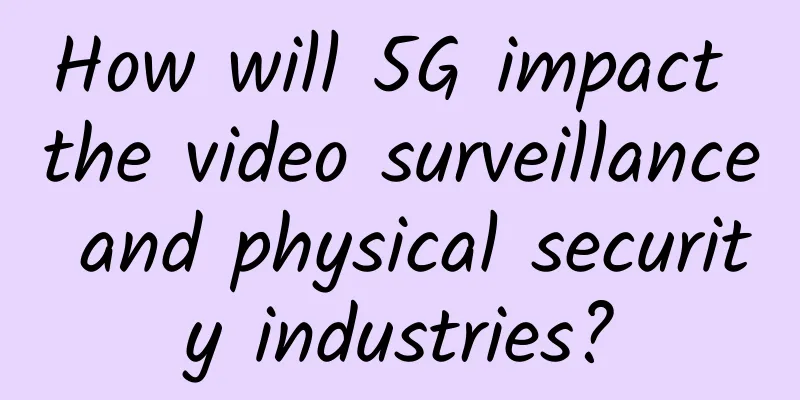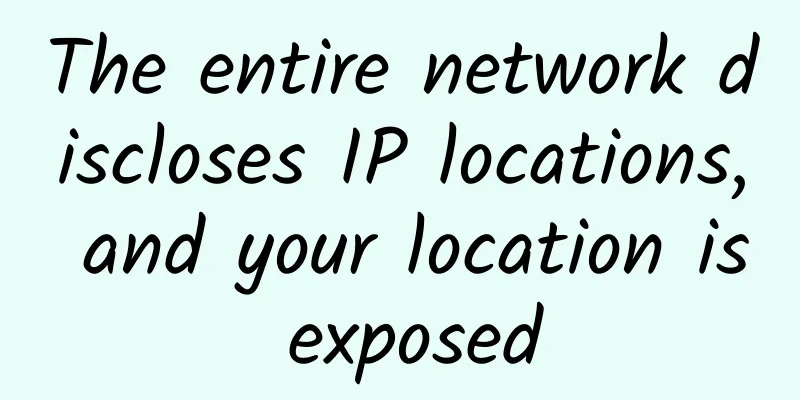How will 5G impact the video surveillance and physical security industries?

|
It’s been a few years, but 5G (fifth generation) mobile telecommunications is becoming a reality in more towns and cities in the UK and many other countries. Its backers say it will revolutionise the way we work wirelessly, with higher speeds, significantly reduced latency and the potential to connect billions of IoT devices. There is no doubt that this revolution will impact the physical security industry, especially in the area of video surveillance. According to Gartner, outdoor surveillance cameras will become the largest market for 5G IoT solutions by 2022, when they will be surpassed by connected cars. The reason cameras play such an important role is that video surveillance systems typically span large sites or urban locations and are located outdoors, requiring cellular connectivity. high performanceBefore we look at the potential impact of 5G on the security industry, let’s look at some expected performance numbers. 5G download speeds will range from about 50 Mbps to 1.8 Gbps or more, but these speeds will vary depending on network conditions. According to Xchange, the speeds of 5G networks mean that a 3GB movie that would take nearly half an hour to download over 4G will only take about 30 seconds on a 5G network. In terms of capacity, 4G networks can accommodate a few thousand IoT devices per square mile, while 5G will provide fast network connections for millions of devices per square mile. Latency will almost become a thing of the past: While current 4G networks have latency rates between 50-100 milliseconds, 5G will reduce latency rates to just 1-4 milliseconds (although real-world latency rates will vary), which is virtually imperceptible to human senses and a critical distinction when it comes to systems that require instantaneous reactions, such as self-driving cars and remote surgery. For video surveillance applications, the near elimination of latency will provide a welcome boost to camera responsiveness and real-time monitoring, not to mention a huge leap in image quality as it will support 4K and even 8K video. In addition, users will be able to upload or download videos to/from the cloud in seconds, subject to network conditions. Watching live video on mobile devices will also change with the performance improvements provided by 5G. With the faster speeds and greater capacity of 5G networks, the role of video analytics and artificial intelligence will be greatly enhanced. More than just safetyIt’s not just surveillance systems that will enhance 5G’s performance potential. Safe city initiatives will be further enhanced so that video can be used for a range of applications, such as public safety, traffic management, fire detection, crowd management, access control and intruder detection. This is true whether those video feeds come from traditional outdoor cameras or from wireless-only devices such as body cameras and car- or drone-mounted cameras. The ability to define “slices” of the network means 5G can provide dedicated portions of the network’s capacity for specific applications, eliminating the need to share capacity with multiple users. According to Teletimes International, 5G will distinguish itself by leveraging AI-based solutions such as remote asset management, facial recognition, object and event identification, intelligent image processing and even behavior detection. 5G will also enable machine learning and deep learning algorithms to develop advanced video analytics solutions. In addition, it has the potential to increase the intelligence of surveillance systems, as well as expand video surveillance as a service (VSaaS), where videos are uploaded to a centralized cloud platform instead of stored in local systems for real-time viewing and video analysis, as well as analysis of recorded footage. Privacy fearsThis leap in performance and new applications is all well and good, but what about privacy in an increasingly connected internet environment? While on the surface this may raise privacy concerns, especially with the proliferation of connected IoT devices, the ability to increase the use of edge video analytics may eliminate some of these issues. According to Nokia's blog, video analytics' ability to anonymize images by dynamically masking people in real time — allowing users to track movement and activity without identifying individuals — will provide a degree of privacy protection. Video analytics will also be able to detect anomalies in behavior, movement, and the environment so that only those events are captured and stored, helping to alleviate legitimate privacy concerns and reducing the need to transmit and store bandwidth-intensive footage. In addition to the debate surrounding Huawei and the security of national 5G infrastructure, some have expressed concerns about the inherent security of 5G networks. 5G networks themselves may not be insecure, but according to Raconteur, 5G networks will increasingly be used for critical applications, making them a potential target. In theory, 5G is more secure than its predecessors thanks to better encryption and network slicing capabilities. But ultimately, security depends on shared responsibility between network operators and users, and operators need to implement an evolving risk-based security approach. There is still some way to go before 5G rollouts can be widely experienced by users for some of the technology’s claimed performance benefits, but there is no doubt that it will transform certain aspects of the security industry and eventually make mobile cellular transmission a high-performance alternative to both hardwired and wireless network systems. |
<<: Foreign media: By 2025, South Korea will invest more than 200 billion won in 6G technology
>>: Five disruptive features of 6G networks
Recommend
5G spectrum technology has made a breakthrough, and battery life has soared
Improving battery life has been a challenge for a...
My sister asked me why I used Start instead of Run when starting a thread.
[[357639]] This article is reprinted from the WeC...
Wesbytes: Malaysia VPS 20% off, starting from $7.99/month, 1GB/20G SSD/100M unlimited traffic
Wesbytes is a foreign hosting company founded in ...
Innovations in the future communications infrastructure for wireless networks
As technology advances, the need for faster and m...
It is estimated that by 2025, China's 5G users will reach 739 million
In terms of annual mobile data consumption, it is...
IoT and 5G: A blessing or a curse?
The UK's recent decision to phase out Huawei ...
[11.11] UUUVPS US VPS annual payment starts from 91 yuan, Hong Kong CN2 annual payment starts from 182 yuan
UUUVPS (Sanyou Cloud) launched the promotion duri...
RAKsmart May Promotion: New Los Angeles servers starting at $30/month, VPS starting at $1.99/month, cluster servers/high bandwidth servers
RAKsmart launched a flash sale promotion for new ...
BuyVM: $3.5/month KVM-1GB/20GB/1Gbps unlimited traffic/Las Vegas data center
BuyVM Las Vegas has currently restocked a large n...
What exactly are CPU, GPU, TPU, NPU, etc.?
[[373720]] CPU stands for Central Processing Unit...
After talking so much about 5G, the most critical technology is here
When it comes to antennas, everyone must be famil...
Top 5 IT Infrastructure Monitoring Tools
All IT departments face this problem - when probl...
5G Thinking丨Please give 5G some tolerance and time
[[400629]] Recently, 5G has become a hot topic on...
China's 5G technology is constantly making breakthroughs and has taken the lead in the world. A new era of convenient smart technology is coming
As a new type of mobile communication network, 5G...
DediPath: $49/month-E3 1270/16GB/2TB/1G unlimited traffic/5IP/Los Angeles data center
[ Promotion code expired ] Title This should be th...









